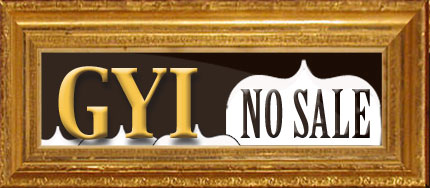 Rumors fly left and right. Google is buying the AOL news division once Time Warner does it's little breakup. Microsoft is buying Yahoo, or, post-no-go, now, it's Apple is buying Yahoo.
Rumors fly left and right. Google is buying the AOL news division once Time Warner does it's little breakup. Microsoft is buying Yahoo, or, post-no-go, now, it's Apple is buying Yahoo.
Lots of rumors. How do these things potentially impact photographers?
Well, let's look at what will probably happen - Microsoft and Yahoo will come to a figure in the middle of their price-points, and thus, become one, and still be dwarfed by Google, so there will be little anti-trust issues there.
Assuming this happens, I (and Seeking Alpha) will expect that Microsoft's new Flickr will grow, and Microsoft will harvest that content for all it's worth, and then some. Further, the untapped advertising potential of Flickr is exponential, and you can expect that the ad execs who are selling eyeballs on MSN.com/et al will be chomping at the bit to monetize Flickr in ways we can't even image now.
(Continued after the Jump)
Further, Microsoft's PhotoSynth will have unrestricted access to all of the visual content of Flickr, which makes the Getty Images Library look like a mom-and-pop corner store against Wal-Mart. With all of the spare processor cycles, aggregating the data from Flickr, with virtual tags like date/time/caption/location, building up the monolith of data will be an amazing resource, like MicroStrategy was in Web 1.0's heyday, but with staying power like only Microsoft has. Seeking Alpha seems to think this content could go to Microsoft's HD View project, and that may be the case, but I think that PhoyoSynth is the greater likelihood of use for that data, since it doesn't lend itself to the use that PhotoSynth does.
Microsoft could also engage the top producers of content on Flickr and entice them into actually generating revenue beyond the RF/microstock model, and offer auto-tagging based upon their aggregated visual data. What would the platform to deliver that out in a controlled way? Why, the acquisition of Digital Railroad or PhotoShelter. What's $50M (give or take) or so when you've just spent upwards of $50B on Yahoo?
Further, and I'm not too up to speed on this, but Microsoft has been touting, and then rebranding, their JPEGXR/JPEGHD/etc from what seemed like a proprietary format to what should be some form of open-source/fully documented solution like DNG is. The use of Flickr could be one platform to stringboard their promotion of JPEG HD. One word of advice on DNG - if you're not using DNG, you're missing out. And, what little I've seen of JPEG HD, it looks to be promising. Here's to hoping that Microsoft doesn't try to control it. If they do, I have one word for you: Betamax. I do recall, at one time, an attempt to promote JPEG 2000, which seemed to fall flat. So, be careful on JPEG HD!
I'll be curious, when this goes through, to see how Google responds. I'll expect they will pick up something like Zuula, which, if you've not looked at it, is very cool. It's a search aggregator. Check out the "Images" tab, and then the sub-tabs for all the search engines. This search for "house" returns interesting image results, with the best returns being from Yahoo and Flickr (unless you're a fan of the TV show House).
Stay tuned on this one. These mega-mergers will impact our lives as photographers, and hopefully in a good way.
Please post your comments by clicking the link below. If you've got questions, please pose them in our Photo Business Forum Flickr Group Discussion Threads.
[More: Full Post and Comments]
![]() If you've ever watched someone really boring give a presentation, Donnie Hoye will teach you Photoshop techniques WHILE you're laughing hysterically. Over a million people have watched his videos, so what you learn will be ingrained into your brain because it will be memorable!
If you've ever watched someone really boring give a presentation, Donnie Hoye will teach you Photoshop techniques WHILE you're laughing hysterically. Over a million people have watched his videos, so what you learn will be ingrained into your brain because it will be memorable!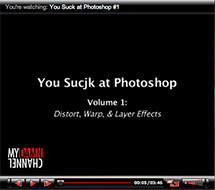
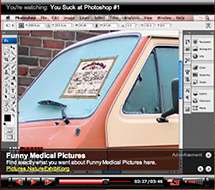
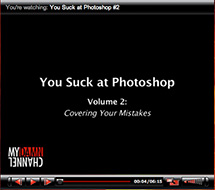
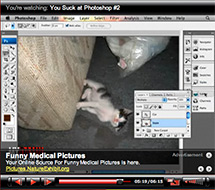
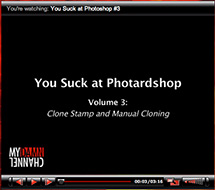
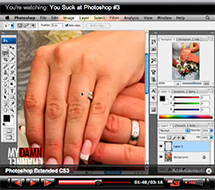
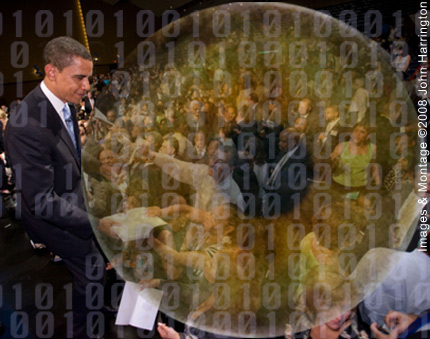
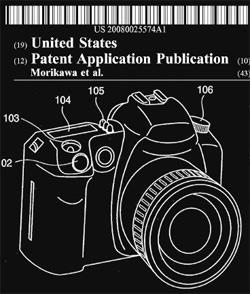
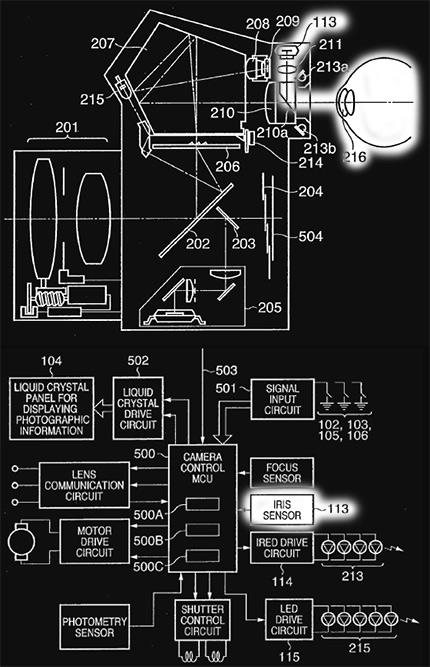

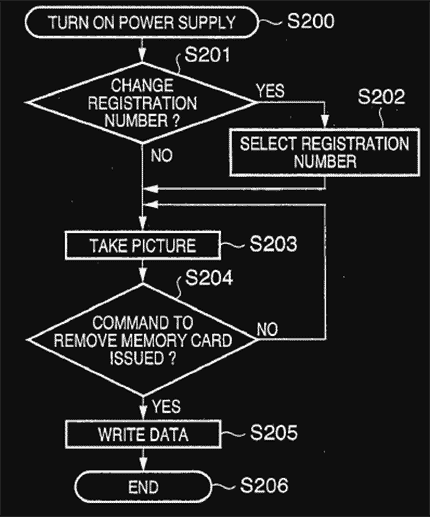
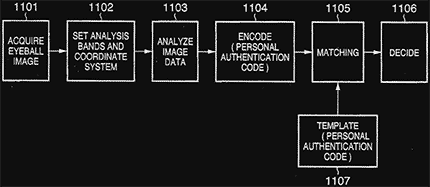
 Where do I start? Or, better yet, when will it end? Getty Images(NYSE:
Where do I start? Or, better yet, when will it end? Getty Images(NYSE: 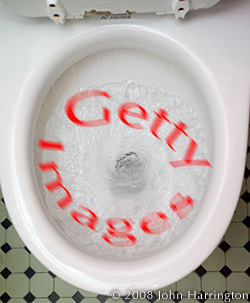 Does this signify the beginning of an exodus from Getty of some of their talent? We previously reported of the expected departure of the well known Jeff Kravitz (9/21/07 -
Does this signify the beginning of an exodus from Getty of some of their talent? We previously reported of the expected departure of the well known Jeff Kravitz (9/21/07 -  Say you're a couple of guys who pride themselves on phrases in
Say you're a couple of guys who pride themselves on phrases in